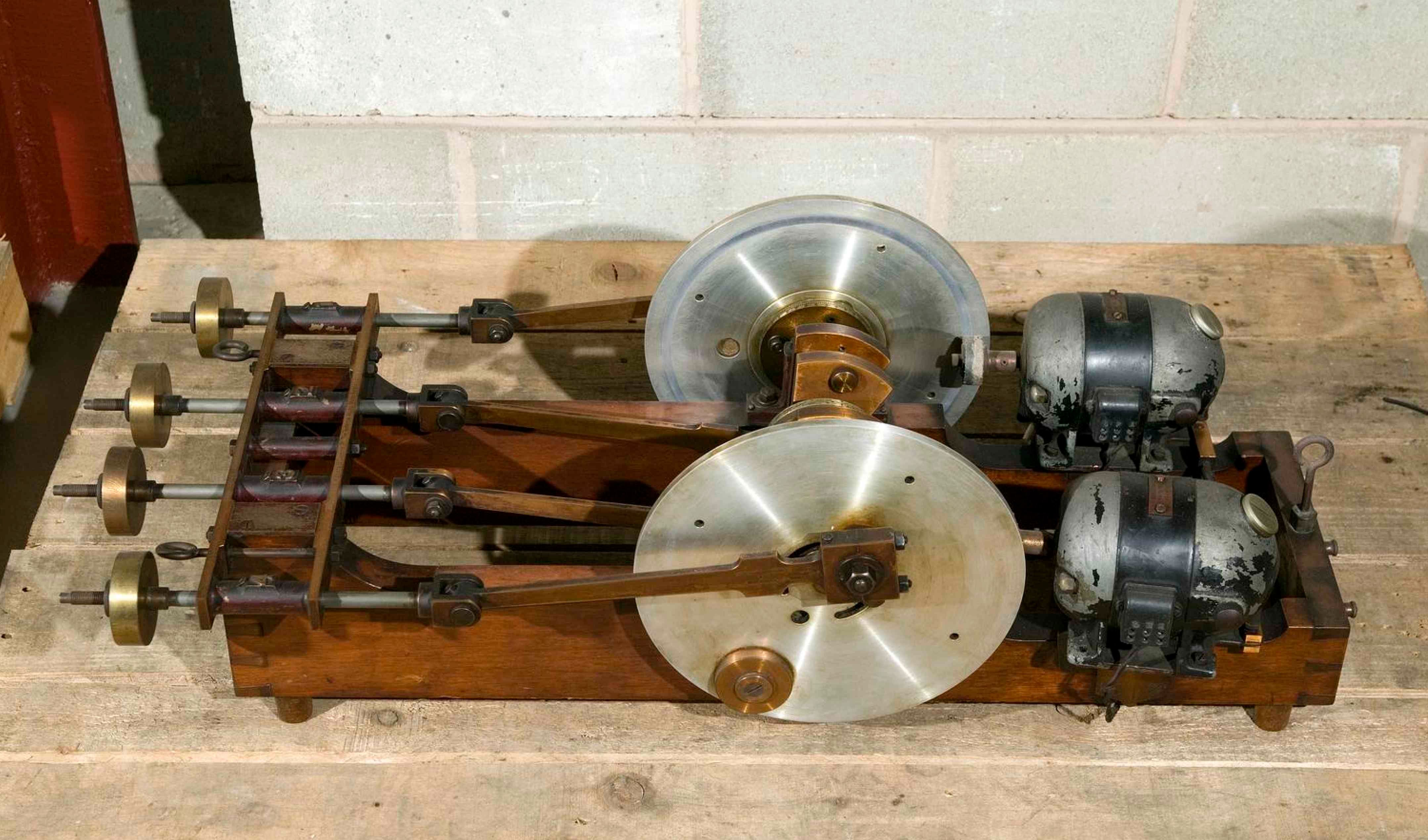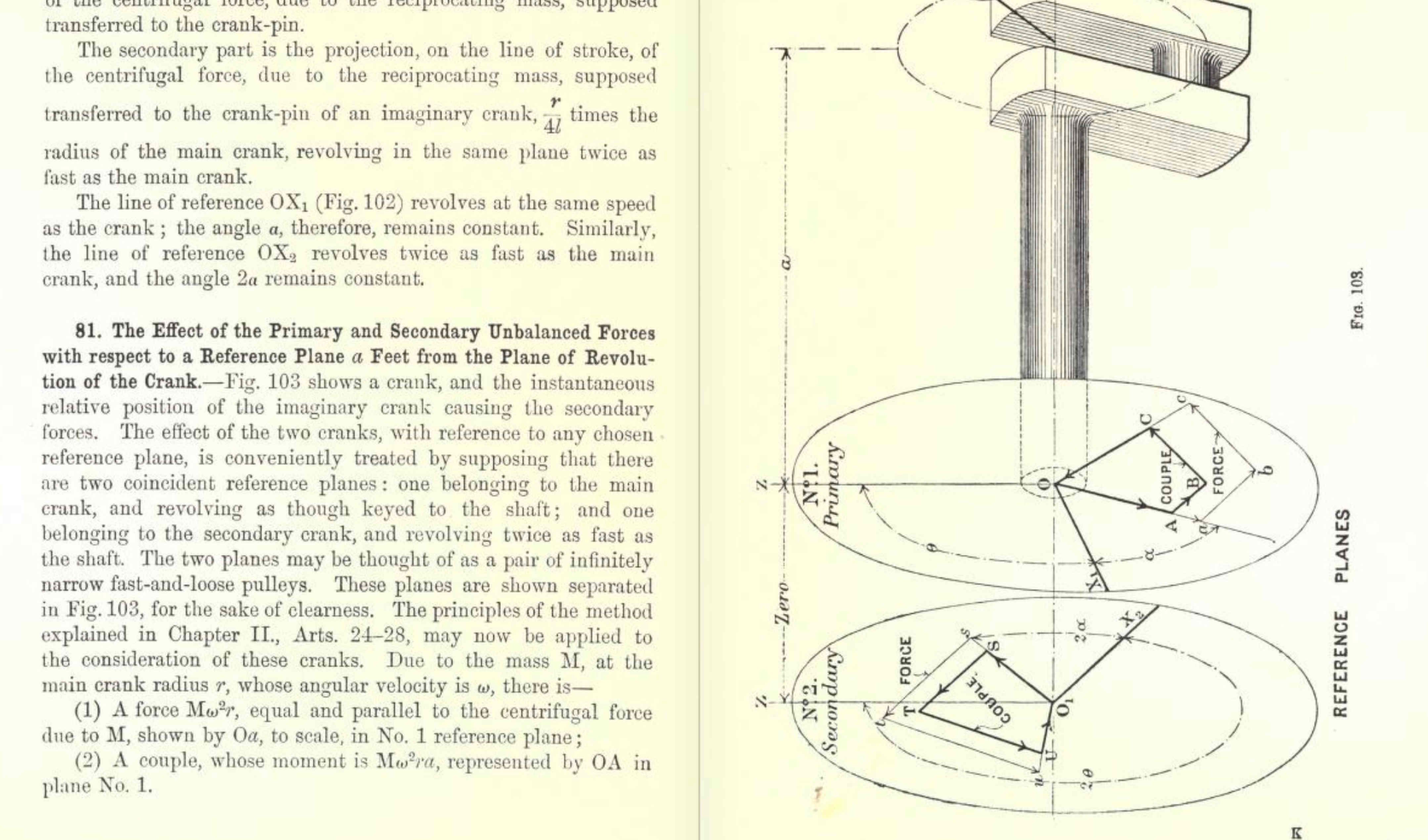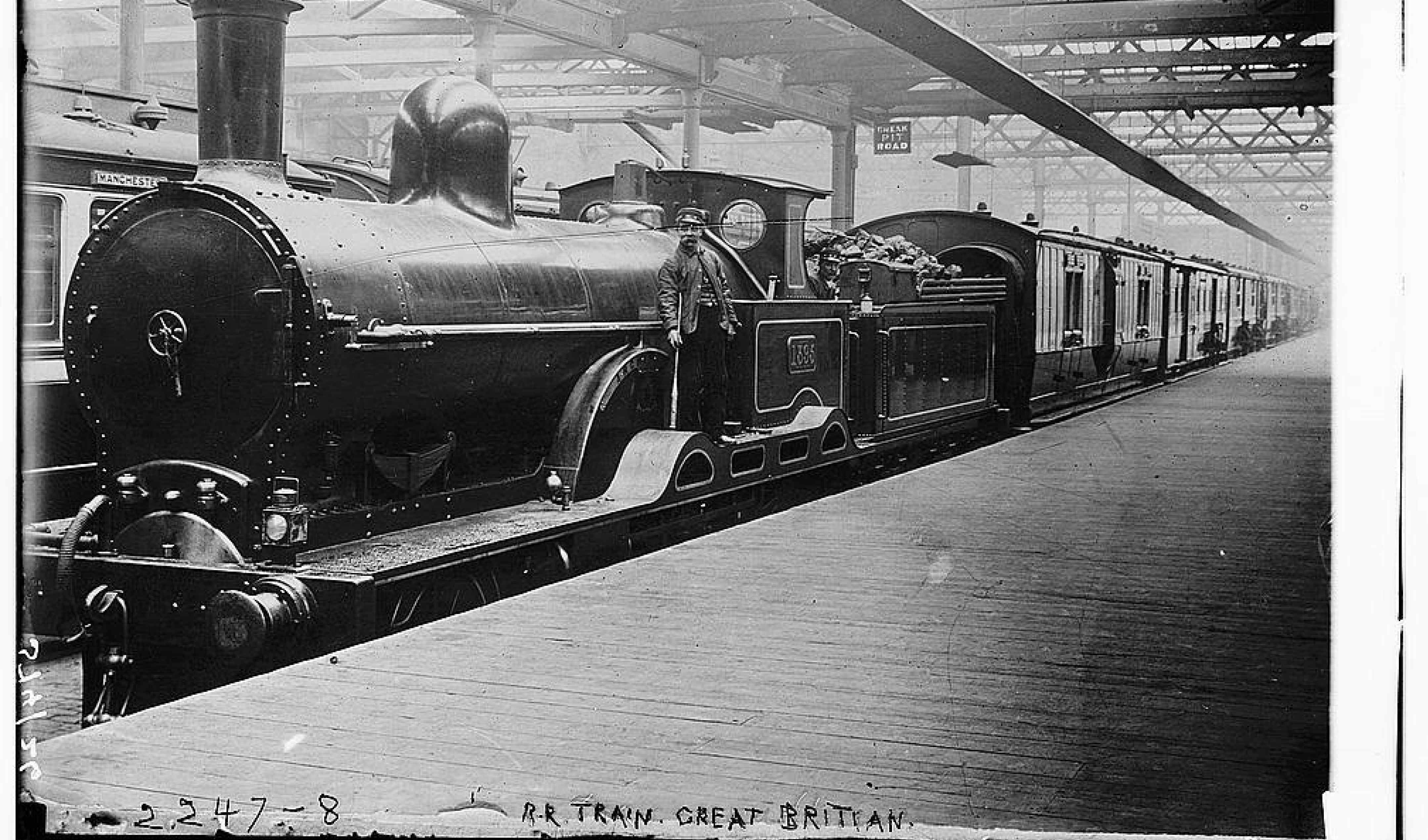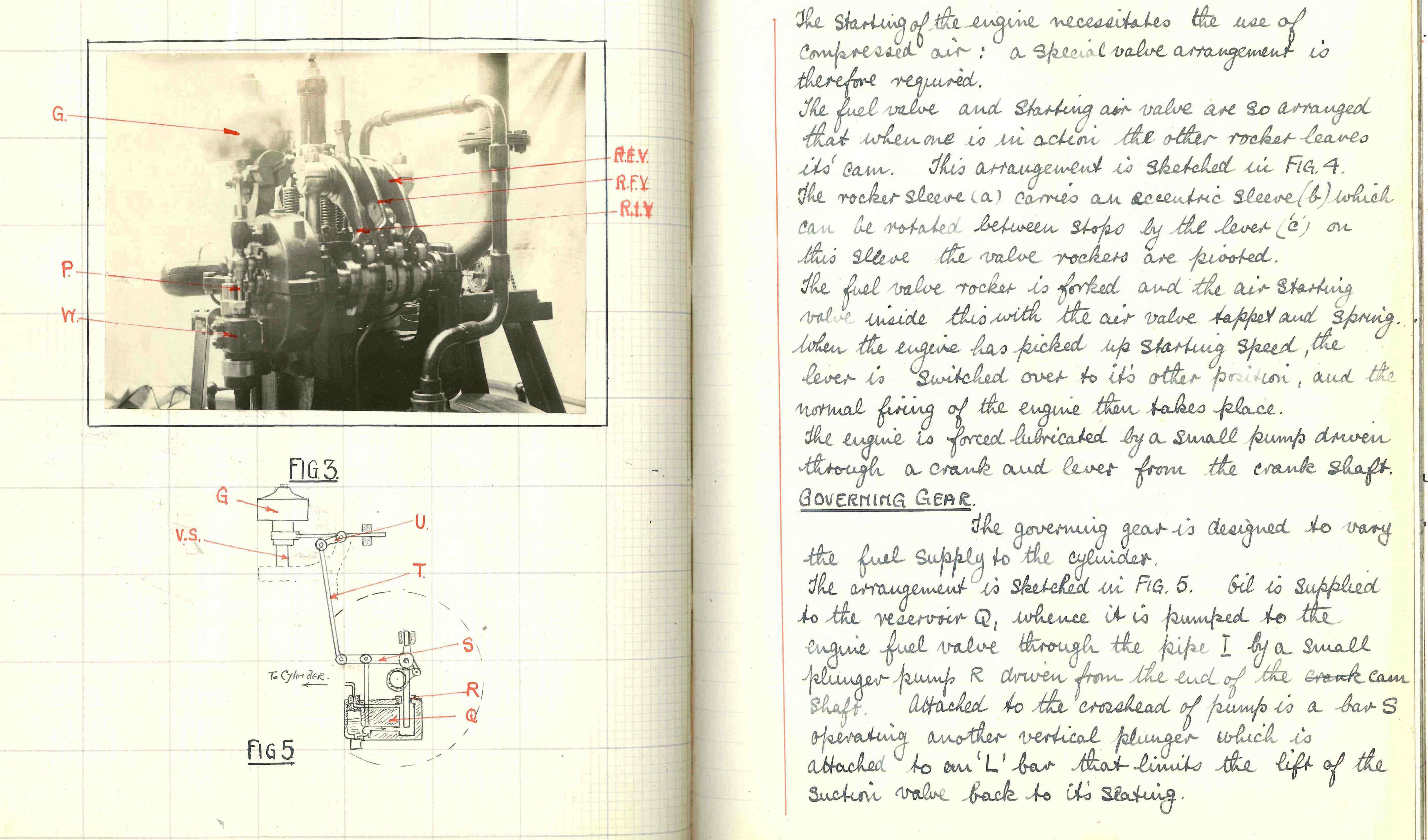Head of Department: William Dalby, Head of Mechanical & Motive Engineering 1906-1931, Fellow of the Royal Society, Vice President of IMechE and ICivE, Dean of Imperial College
The City & Guilds College became part of the University of London in 1907. The Department of Engineering split into Civil, and Mechanical & Motive Engineering in 1913.
Teaching
The department’s first advanced level course was in Railway Engineering, introduced in 1909 in conjunction with the Department of Electrical Engineering. It featured an electrically- driven locomotive rig, a reciprocating- motion balancing engine and a module on Railway Economics. Undergraduate courses now featured the Internal Combustion Engine, Steam Turbine Design and Strength of Materials. Dalby considered the teaching of Mathematics “inseparable from the teaching of Engineering”3 . The first City & Guilds mascot, a 1908 Rover named Boanerges, was purchased in 1920, and was involved in a student prank aimed at the Prime Minister.
Research
Dalby worked in the Admiralty Engineering lab during World War I, developing diesel engines for submarines and prototypes of gas turbine powered warships. The College workshops were used for munitions contracts, specifically the production of high-precision screw gauges.
The original building of the department was extended to include newly designed Hydraulics, Railway, and Motive Power & Strength of Materials labs. These included a closed-circuit wind tunnel, internal combustion engines, a steam turbine plant and a Buckton testing machine.
Meanwhile, In London...
London hosted the 1908 Olympics, and the marathon distance was standardised at 26.2 miles. During the 1914-1918 war, London was the main travel hub for active and wounded soldiers, a centre for munitions manufacture, and even a target for an early zeppelin raid. The city was the scene of numerous marches during the campaigns of the sufragettes, the famous attack in the National Gallery on a Millais portrait, and saw huge crowds line Piccadilly for the funeral of Emily Davison, killed at the Epsom Derby in June 1913. Beit Hall opened as student accommodation in 1910. Regular international flights operated out of London Airport in Croydon.
Photo credits:
Science Museum Group. Professor Dalby's Engine Model. Y1996.25.1. Science Museum Group Collection Online. Accessed May 9, 2018. https://collection.sciencemuseum.org.uk/objects/co8410769. Image used under Creative Commons Attribution-NonCommercial-ShareAlike 4.0 Licence
Dalby, W.E., 1906, The Balancing of Engines, second edition. London: Edward Arnold, p. 128-129
London and North Western Railway train in Euston Station, London, England, by The Library of Congress [No restrictions], via Wikimedia Commons
1922 student books courtesy of Dr Helen Lockett




